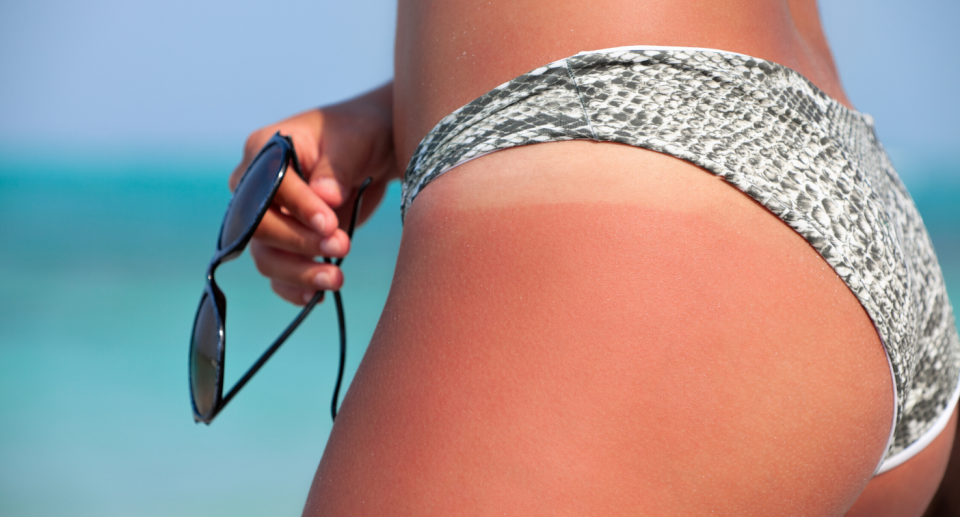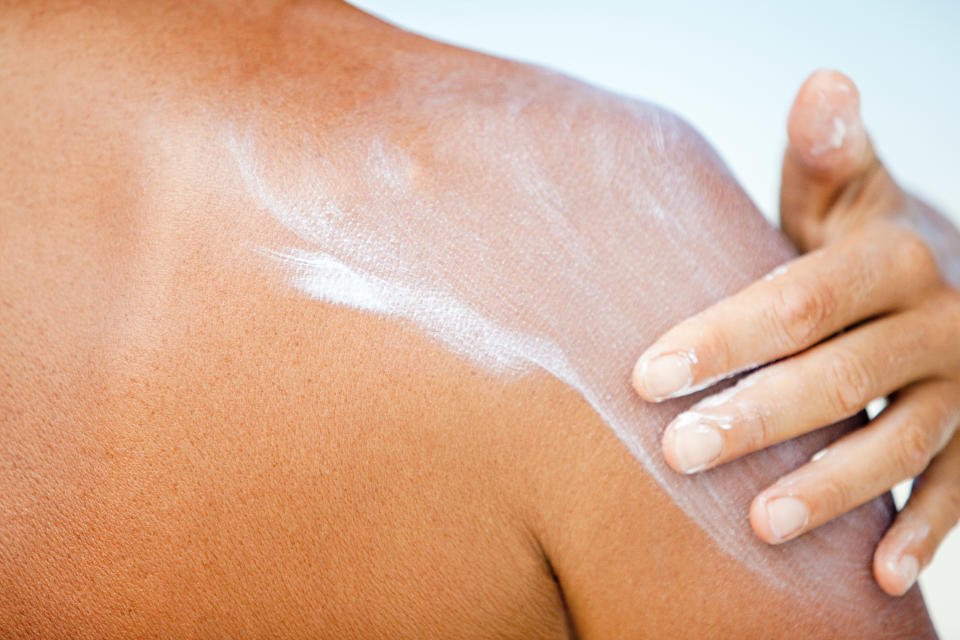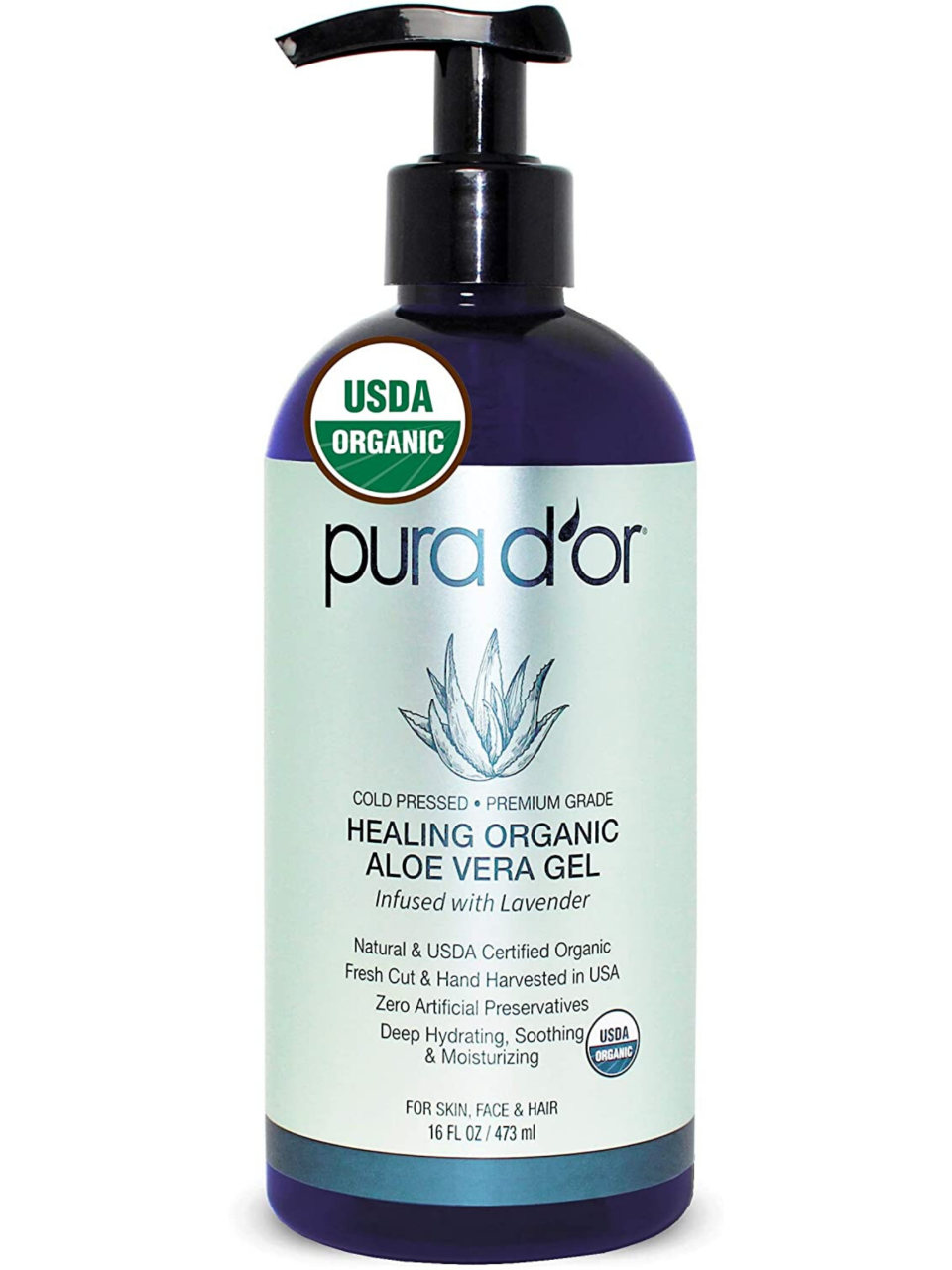Need to heal a sunburn fast? We asked an expert for her tips
Looking for more beauty tips, trends and editor-approved tricks and recommendations? Sign up for Yahoo Lifestyle Canada’s newsletter!

Yahoo Lifestyle Canada is committed to finding you the best products at the best prices. We may receive a share from purchases made via links on this page. Pricing and availability are subject to change.
You don’t need us to tell you how important it is to wear sunscreen daily. But in case you think sunbathing in the backyard, chilling by the pool or even riding your bike for hours on end without wearing (or reapplying) SPF will lead to little to no damage to the skin, think again.
While mild redness and tenderness/soreness may be the initial common signs of sunburn, it’s actually the result of acute damage to the skin. The skin reacts with inflammation and dead skin cells "apoptotic keratinocytes" and edema (blistering), making it similar to a thermal burn in some ways, in severe bases. But luckily, sunburns do not destroy the skin’s appendages, sweat glands, ducts and hair follicles, or oil glands, so the skin regenerates within three to five days— the average time it takes for a mild to moderate sunburn to heal, with the proper care, of course.
ALSO SEE: 10 lightweight face sunscreens to protect your skin this summer
“The skin layers are always advancing and ascending to renew the surface skin/ epidermis. This is the same process which occurs post sunburn.” explains dermatologist Dr. Renée A. Beach, MD, FRCPC. “The problem is if it's a severe sunburn or sunburns that occur on a repeated basis, regeneration of skin occurs with less efficiency and accuracy, leading to visibly appearing damaged skin or even a skin cancer.”
And though the protection of SPF 30 blocks up to 95 per cent of UV rays, according to Beach, most people do not apply their sunscreen with sufficient thickness or frequency to truly attain this level of protection.
“I generally ask people to use products with SPF 60 and a specific label stating protection from "UVA and UVB,” she says.

The same rule applies to those with inherently fairer skin tones and reactive skin types.
According to Beach, some skin types lack certain melanocytes and melanin receptors that work to protect the skin from sun exposure. A classic example of someone who has less protection in their skin is someone who genetically has red hair, in contrast to an individual who has a deeper skin tone, who have more efficient and protective melanocytes which affords a better "baseline" for SPF — the same reason why certain skin tones tan a lot easier than others.
Experiencing an itchy and painful sunburn and looking to speed up the healing time? Check out these expert-approved after-sun tips below.
Ice it
Applying ice to the affected area won’t help with the physical effects of the burn, but it will help reduce any pain or inflammation you may be feeling.
Apply aloe vera
Cooling agents like an aloe vera leaf/gel or skin-replenishing cucumber extract can help reduce reduces and provide soothing to the affected area.
PURA D’OR Aloe Vera Gel

SHOP IT: Amazon, $21
Don’t forget zinc
To avoid sun exposure at all costs, Beach recommends the wear of zinc, a mineral-based sunscreen active ingredient that reflects light off the surface of the skin.
Neutrogena Sheer Zinc Mineral Sunscreen Lotion

SHOP IT: Amazon, $16
Consider UV 50+ clothing
To take an additional step in sun protection, Beach also recommends UV protective clothing, which she says is “more protective than sunscreen.” Brands like Columbia, Patagonia and L.L. Bean offer a wide range of sun protective clothing designed to block at least 97.5 per cent of the sun’s UV rays.
Let us know what you think by commenting below and tweeting @YahooStyleCA! Follow us on Twitter and Instagram and sign up for our newsletter.


